Silverton BC Waterfront (SS Slocan)
For your enjoyment it’s two photos of the waterfront in Silverton British Columbia separated by at least a century and similarly composed. The angles line up and it’s a good match! The mountains and lake present a timeless scene, but the SS Slocan, and the railway’s presence in the valley are long but a memory. Things are more recreation oriented now, in this once busy mining district, and laid back.
The location, present day, is the Slip Day Park, at the south end of the community. There’s not much room in town and the whole place shoe-horned onto a small flat down by Slocan Lake. All around it’s steep mountain slopes otherwise. Silverton is listed as the smallest municipality by area in BC and its footprint is about a third of a square kilometre.
Silverton BC Waterfront (SS Slocan): two photos separated by about 100 years. By Chris Doering & Connie Biggart (BIGDoer/Synd)
Do the same…
Silverton has a population approaching two hundred and a quiet little backwater. During the mining boom of the 1890s/early 1900s, however, it was nothing short of chaotic. What’s in a name: likely taken from Silverton Colorado, a storied mining town in its own right.
There were riches up in the hills surrounding Silverton BC and some mines were quite profitable. The ore in the area was typically heavy with Silver, Lead and Zinc. Sometimes it got mixed in with a smattering of other metallic minerals, however, often Gold and/or Copper. Most of these operations closed by the Great Depression, but a few hung on a little longer.
Silverton is just one community in the famed Silvery Slocan. This region went one to become one of the most productive mining areas in the whole province.
Little Slocan Creek (Four Mile Creek early on) bisects the community and empties into Slocan Lake right beside our position. The park is a gorgeous place to laze away an afternoon and maybe enjoy a picnic. Or go for a swim. The scenery is amazing and even though we’ve seen our share of stunning places, it blew us away. We bet the same will happen to you.
So what went on at this spot? Well, the local mines needed to ship out their ore and by railway the most efficient option. But, there were no tracks into Silverton, nor would the terrain allow it. What they did was load railcars onto barges at the south end of the lake, at Slocan City and it’s connection to the CPR’s southern mainline, and drop them off it town for filling.
Railcars would be rolled off the barge and into a small yard, for later pick up and eventual routing to a smelter (in Trail BC usually, but there were others). It had to be complicated and no doubt an expensive way to do it, but the best shipping option available. Prior to the slip, rail cars would be trans-loaded from a wharf while still on their barge, but this tied up equipment.
The slip structure could be moved up or down relative to water levels and facilitated the transfer of railway cars between the barge and dry land. See one here: Rosebery BC Railway Barge Slip.
It’s not known how they moved around rail cars about, but a combo of gravity and winches was one possibility suggested.
This slip was one of several up and down Slocan Lake. The one in Slocan City, south end of the lake, connected to the rest of the CPR network, and the one in Rosebery, the most northerly, part of an isolated branch serving Nakusp, and earlier Sandon. Interestingly, the barge-served branch into Nakusp lasted in the late 1980s.
New Denver was said to have a barge slip like Silverton, even though the line in from Rosebery passed nearby on its way to Sandon. No amount of searching turned up a photo or reference material, so we’re not fully sure at this point.
The Rosebery operation was a bit different as entire trains, locomotive and/or passenger cars included, would travel on the barge, where as Silverton was simply a flat spot to plop down a few boxcars for ore loading. No photos of the Silverton Barge Slip have come to light, at any archives we have access to, but at least it makes frequent mention in old papers. Early on, anyway, and then the trail sort of goes cold.
For reference, here’s Rosebery’s slip while still in operation and how the location looks today: Rosebery BC Then & Now.
Then. Here’s a view of the paddlewheeler SS Slocan moving a barge loaded with boxcars. At this point, they’re very close to the loading slip and the wake suggest they’re backing away, after picking up loads. We know the slip dates from 1914 and the ship seen retired by 1928, so this photo can only date from sometime between those two years. The photo at the archive otherwise had no accompanying info, so this a best guess methodology.
Speaking of archives, the old photo comes thanks to the Royal BC Museum Collection and we’re thrilled to use it here. Thanks guys!
The SS Slocan goes back to 1897 and plied Slocan Lake into 1928, when replaced by the SS Rosebery. The Slocan accommodated passengers, freight and functioned as a tug for towing barges (as did its replacement). SS = Steam Ship.
Paddlewheelers (also know as paddle steamers or sternwheelers), were useful out this way as they had a shallow draught which allowed them to beach almost anywhere as needed, and could function well in reverse. If you had a cabin or mine, by the lake, they could come to you.
The CPR had many rail-barges on Slocan Lake like the one pictured. Older examples had a post and cable truss setup as seen here, where as later ones had completely flat decks. The early ones had two tracks and could hold maybe six to eight rail cars. It’s hardly efficient, but given the alternatives, the best solution they had.
The boxcars seen are typical for the time, and some display the CPR’s arched lettering scheme, last applied in the early 1910s. Sacked concentrates were loaded into boxcars at the time the then photo was captured. Ore from the area was rich, at least at the beginning, so special handling needed, but it’s suggested that open air hopper cars were used later. As mining proceeded, material was often of a lower grade and better suited to this type of bulk shipping.
It’s not known what happened to the trans-loading wharf mentioned earlier, after the slip was put in, or even where located. Interesting, one local mine did have a lake-level loading dock, opposite end of town, but we’re not sure if it was one in the same as the wharf mentioned in old papers.
That loading structure remained in place into the late 1970s at least (as proven by dated photos in the BC archives) but it’s not clear when last used. Or exactly how they shipped ore out. It may indeed have been independent from the barge loading operation here and maybe continued to be used even after the slip was built. Anyone?
A photo from the 1950s, found in the archives, shows the aforementioned building in good shape and looking as though maintained. The mine it served shipped out good quantities of ore into the early 1960s but it’s not said how.
It’s not known when the barge loading slip last saw use, but just after World War Two is hinted at. By this point most local mines were played out.
Now. The SS Slocan is a distant memory, as are the rail operations in the area, but in behind it looks the same. Time moves slowly for mountains and such things. The flanks of Mount Denver are in behind (both photos) and the whole area on the far side of the lake very much a wilderness. There’s no real roads into the area, so that side’s seldom visited.
Long ago a few railcars slipped off a barge and presently reside somewhere close by our shooting position but underwater. The exact details of the circumstances on they arrived to be there seem to be lost to time. We found a few tidbits however – it’s said they rolled off during a storm and then it “goes off the rails” with the usual treasure legends associated with the incident (lost lead or silver bars being mentioned most often).
It’s not known if these cars actually carried loads from Silverton, or even loads in general, but the Rosebery end of things did more business, so they might be connected to that line instead. Barges from that direction would pass right by Silverton on their way north and south, but who knows the real story. Either way, it’s an interesting sidebar.
Know more: (new windows): CPR Slocan Lake Rail Barges and Silverton British Columbia.
Make sure to drop by often and learn a little a history, while having fun.
They’re saying…
”Love the stories. Love the history and appreciate the effort to document both in words and pictures before it’s all gone…!” Kathleen Raines.
Not far away…
Rosebery BC Then & Now.
BC Then & Nows…
The Highway Bridge at Wardner BC.
Main Street Slocan BC – Also close by.
Sandon BC Then & Now.
Something to say and no one to say it to? Go here: contact us!
Date of adventure: July, 2021.
Location: Silverton, BC.
Article references and thanks: Silverton Historical Society, Royal BC Museum Archives, BC Ministry of Mine, RL Kennedy and Silverton.ca.
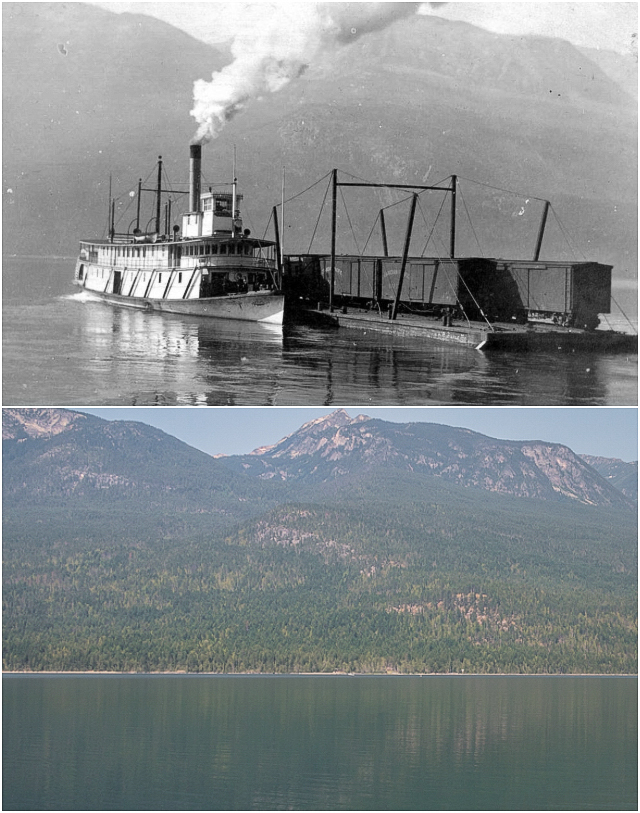
The mountains and lake are timeless in Silverton BC.
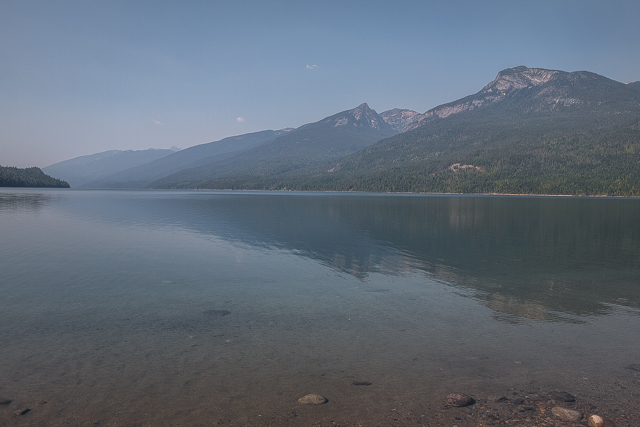
We’ve seen some beautiful places, but this is stunning.
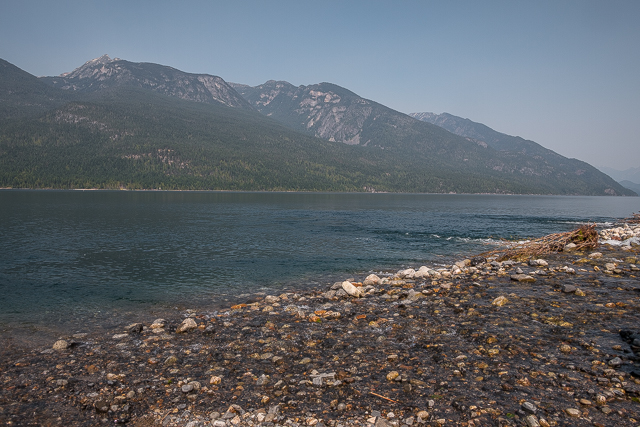
Little Silverton Creek empties into the lake.
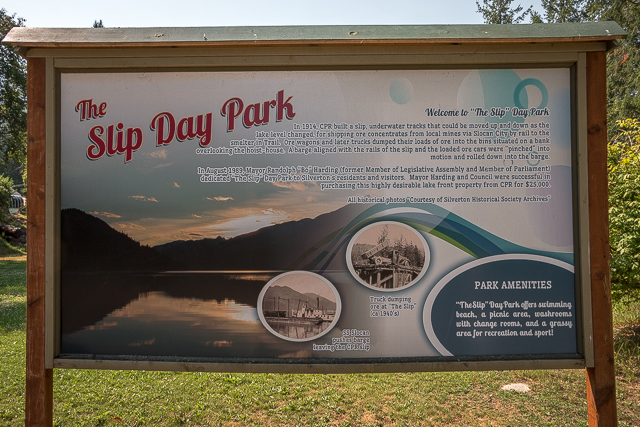
The location is now the Slip Day Park.

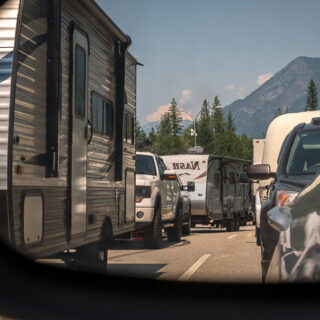
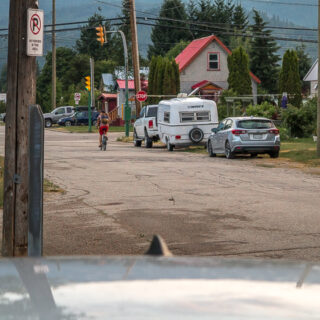
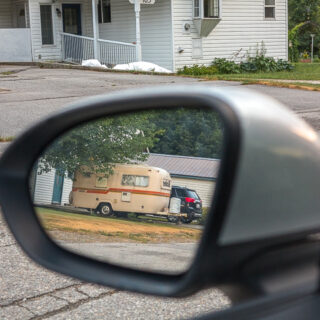
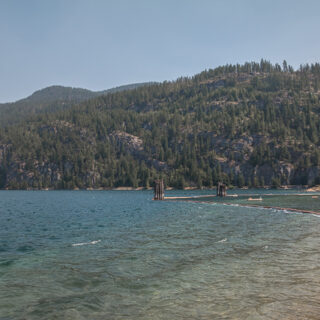
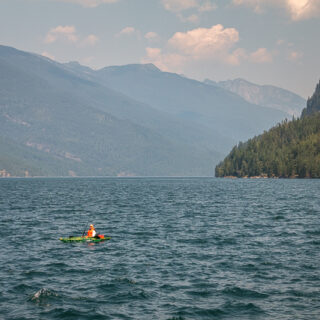
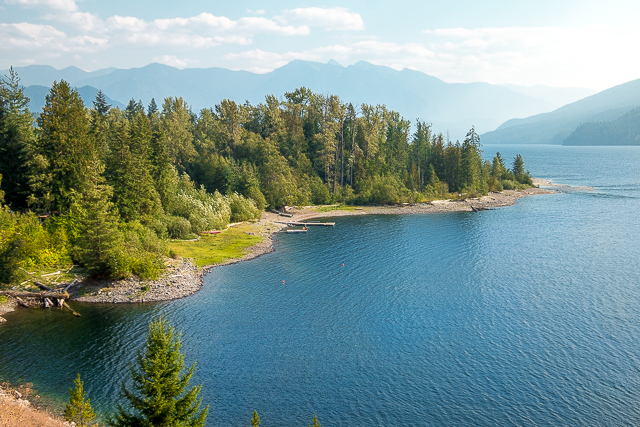
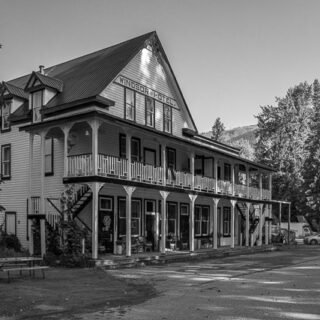
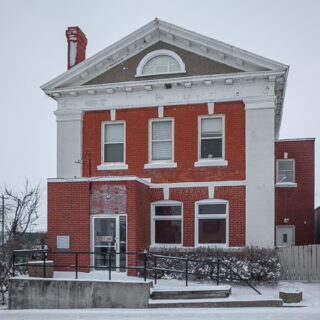
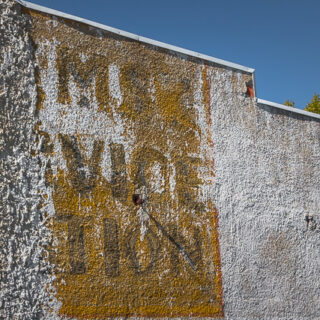
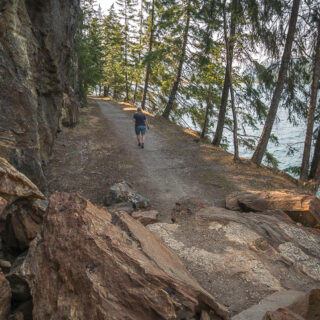
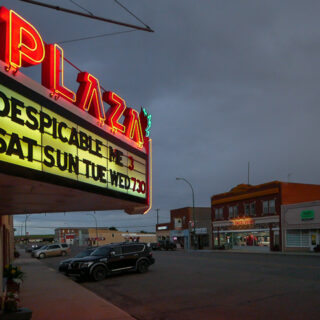
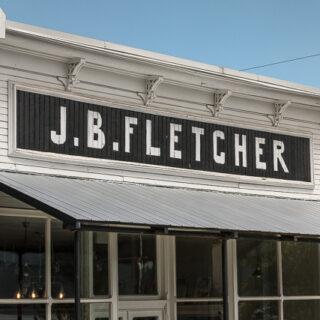







Comments are currently turned off